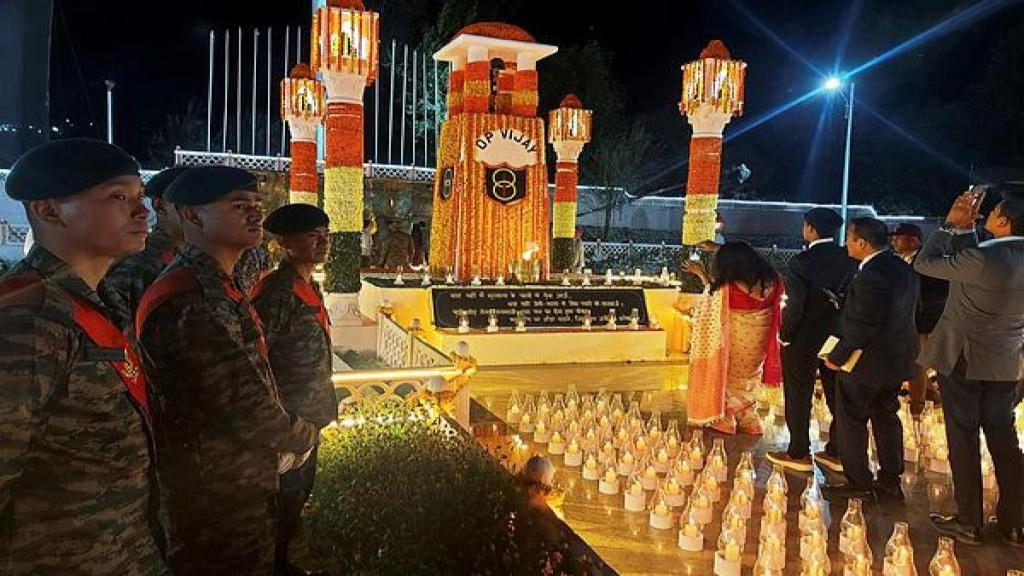The Kargil War of 1999 remains a significant chapter in Indian military history, showcasing unparalleled courage and sacrifice. As India celebrates the 25th anniversary of this victory, it is crucial to honor the contributions of the Naga Regiment, whose bravery and strategic acumen played a pivotal role in several key battles.
Formed in 1970, the Naga Regiment comprises soldiers from the North-Eastern states of India, primarily Nagaland. They brought with them not only exceptional combat skills but also a profound sense of loyalty and bravery. Two battalions of the Naga Regiment were instrumental during the Kargil conflict.
The 1 NAGA battalion reached Dras on May 11, 1999, becoming the first Indian Army battalion inducted into Kargil amidst the unfolding situation. Tasked with evicting the infiltrators, they launched patrols to probe the snow-covered mountaintops. During the battle for Tololing, 1 NAGA provided a firm base for 2 Rajputana Rifles and captured the enemy post, Black Tooth, a crucial position. This feat earned Sepoy Asuli Mao the Vir Chakra and Subedar Heni Mao the Sena Medal Gallantry, though Sepoy Mao was later fatally wounded in another operation.
Also Read: Kargil Vijay Diwas 2024: 10 heartfelt messages and quotes to share to honor our brave soldiers
By mid-July 1999, 1 NAGA had secured the Pimple Complex, later renamed Naga Hill in their honor. They also launched a daring daylight attack on Point 5060, clearing it of intruders. Despite suffering 10 fatal and 52 non-fatal casualties, the battalion’s valor was recognized with multiple awards, including the Northern Command Unit Appreciation, Battle Honour ‘Dras,’ and Theatre Honour ‘Kargil.’
On June 27, 1999, 2 NAGA was inducted into the Mashkoh Valley after a successful counter-insurgency operation in Northern Kashmir. They captured Twin Bump as part of the Pt 4875 complex and raided an enemy mortar position in a bold daylight operation. Despite the loss of eight soldiers to enemy artillery, the battalion achieved total surprise and secured the Twin Bump complex after intense fighting.
The battalion’s actions, which resulted in the recovery of a large quantity of enemy arms and ammunition, earned them several honors, including one Maha Vir Chakra, one Vir Chakra, one Yudh Seva Medal, and five Sena Medals. The Chief of Army Staff awarded the unit the ‘Unit Citation,’ and it was the first battalion to occupy defenses in the Mashkoh Valley post-Operation Vijay.
Among the many acts of bravery, Capt N Kenguruse’s supreme sacrifice during Operation Vijay stands out. On June 28, 1999, he led a platoon to recapture the Black Rock post in the Drass sector. Under freezing temperatures and intense enemy fire, he displayed unwavering courage, embodying the spirit of the Naga Regiment and the Indian Armed Forces. His bravery was posthumously honored with the Maha Vir Chakra.
The Naga Regiment’s legacy in the Kargil War is a testament to their professionalism, bravery, and sacrifice. Their actions during the conflict exemplify the highest ideals of military service and remain a source of pride for the nation.


